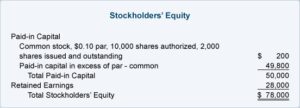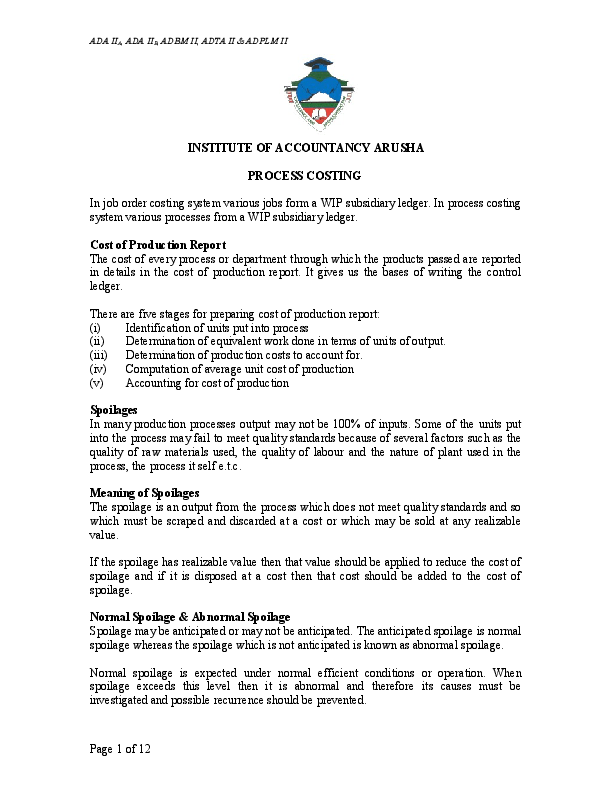29 diciembre, 2022

A financial professional will offer guidance based on the information provided and offer a no-obligation call to better understand your situation. Our mission is to empower readers with the most factual and reliable financial information possible to help them make informed decisions for their individual employment eligibility needs. We follow strict ethical journalism practices, which includes presenting unbiased information and citing reliable, attributed resources. This team of experts helps Finance Strategists maintain the highest level of accuracy and professionalism possible. The process of transferring information from the General Journal to the General Ledger, for the purpose of summarizing, is known as posting. Entries relating to a particular account are all collected in that account, and so its position may be known when needed.
Create a Free Account and Ask Any Financial Question

Suppose you discover after reconciliation that certain amounts were not correctly recorded in your ledger. It could be due to an entry with an incorrect amount or an entry you completely omitted to record in your general ledger accounts. A general ledger is the second most important book of entry after the Journal, because you record transactions under specific account heads in Ledger. Stockholder’s equity is the capital that your shareholders invest in your business in return for the company’s stock and retained earnings. The shareholder’s equity appears on the liability side of your company’s balance sheet after current and non-current liabilities. In this instance, a subsidiary ledger records detailed information of the related control account.
What is your current financial priority?
After the journals are complete for the period, the account summaries are posted to the ledger. Income statement accounts, like operating and non-operating income, and expenses start afresh with every accounting period. So, at the beginning of the accounting period, these accounts must have a NIL balance. Reconciliation of your general ledger helps you to ensure accuracy of the information contained in your general ledger accounts. Unlike journal where transactions are recorded in chronological order as they occur, you record transactions in the ledger by classifying them under various account heads to bookkeeping and payroll services which they relate.
Accounts receivable is most commonly used as a general Ledger control account. A sales ledger, or debtors ledger, is one of the three types of ledgers that you prepare as a firm or a business entity. It records all the transactions that take place between you and your debtors. In this instance, debtors refer to the business entities to whom you have sold goods that you manufacture. Therefore, a general ledger contains individual accounts in which similar transactions are recorded, whether relating to an asset, a liability, an individual, or an expense. Some disadvantages of a general ledger include the cost and amount of time it takes to set up.
The bank statement style lends itself to modern accounting, but for the time being, double entry will be explained by the older traditional method. Due to all of these features, the ledger is sometimes called the king of all the books of accounts. The ledger is the principal book of accounts in which transactions of a similar nature relating to a particular person or thing are recorded in classified form.
Ledger Accounts
However, reconciling individual account balances becomes extremely easy with online accounting software like QuickBooks. This feature automatically matches the transactions recorded in your books of accounts with the bank statement balances. You record the financial transactions under separate account heads in your company’s general ledger, so at the end of the accounting period, you close these accounts. You do this as a result of balancing the debit and the credit sides of such accounts. A general ledger contains information related to different accounts, providing information that helps you in preparing your business’ financial statements, including income statements and balance sheets.
Transaction data is segregated, by type, into accounts for assets, liabilities, owners’ equity, revenues, and expenses. Double-entry transactions, called “journal entries,” are posted in two columns, with debit entries on the left and credit entries on the right, and the total of all debit and credit entries must balance. To avoid unnecessary posting errors it is important to keep the number of ledger accounts to a minimum. General ledger accounts are the basis on which you prepare a trial balance, from which you are able to prepare statements of final accounts, including income statements and balance sheets. Such financial statements provide information on the profitability and overall financial position of your business. This system acts as a master document detailing the business’s transactions over some time.
Self-balancing Format
- When going over all transactions in the GL and completing your trial balance, you will be able to see all of the accounts’ closing balances and track down any errors, missed payments, or unusual activity.
- You may also include a space for a short description of each transaction, for better clarity on your cash flow.
- For information pertaining to the registration status of 11 Financial, please contact the state securities regulators for those states in which 11 Financial maintains a registration filing.
- For this reason the ledger is sometimes known as the book of final entry or the book of secondary entry.
- As a supplement to the general ledger, your chart of accounts lists the account names and purposes of all your sub-ledgers.
General ledgers, also referred to as accounting ledgers, are the physical or digital record of a company’s finances. You may choose to conduct an internal audit or get what is the difference between depreciation and amortization your accounts audited by an accounting professional, so your general ledger acts as an important financial record. This is because your general ledger accounts record transactions under various account heads, providing detailed information on such accounts. When going over all transactions in the GL and completing your trial balance, you will be able to see all of the accounts’ closing balances and track down any errors, missed payments, or unusual activity. This gives you the chance to reconcile these errors before closing your books at the end of an accounting period. After recording the opening balances (i.e., the amounts at the beginning of an accounting period) in the ledger account, the next step is to record transactions as they take place.
